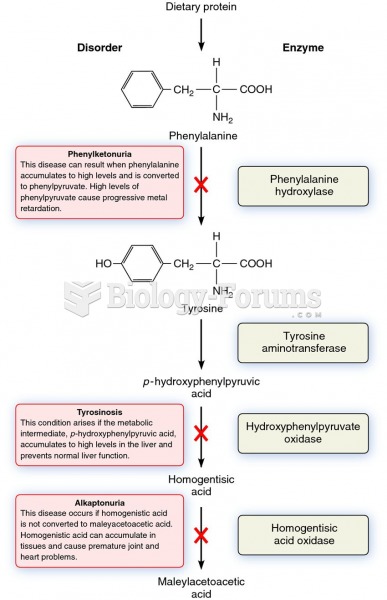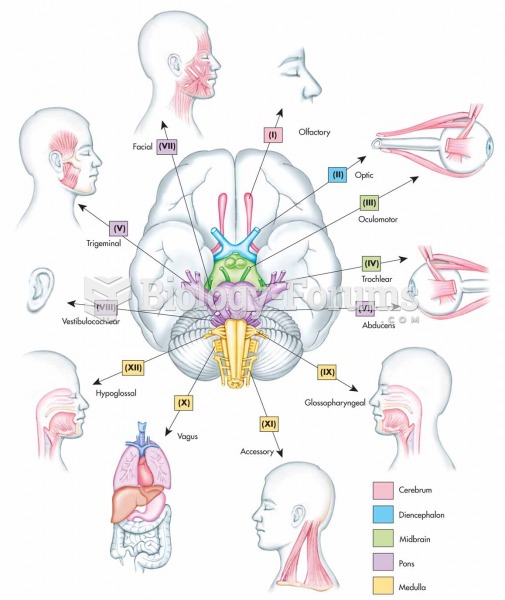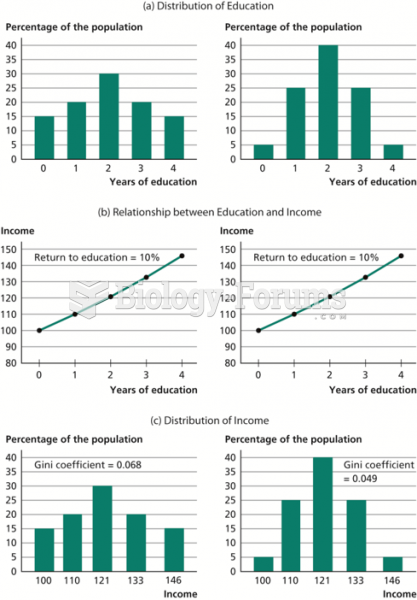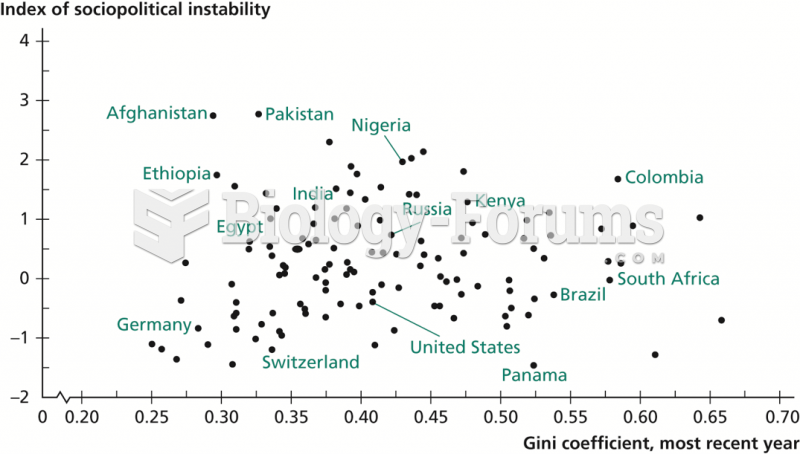|
|
|
Did you know?
Liver spots have nothing whatsoever to do with the liver. They are a type of freckles commonly seen in older adults who have been out in the sun without sufficient sunscreen.
Did you know?
Asthma cases in Americans are about 75% higher today than they were in 1980.
Did you know?
Vaccines prevent between 2.5 and 4 million deaths every year.
Did you know?
Lower drug doses for elderly patients should be used first, with titrations of the dose as tolerated to prevent unwanted drug-related pharmacodynamic effects.
Did you know?
Nearly 31 million adults in America have a total cholesterol level that is more than 240 mg per dL.







